|
A couple of years ago, I woke up on Christmas morning to find a rock in my stocking. For a few moments, I worried that Santa knew some things that I'd prefer to keep secret, but when I unwrapped it, I discovered that it wasn't a lump of coal after all. My rock was a chunk of soapstone. And so began my journey into stone carving. I’ve done a few carvings since that Christmas, and while carving is still secondary to drawing and painting for me, I have discovered that I thoroughly enjoy the process of working with stone.
Like drawing and painting, carving requires you to think of your subject in three dimensions, but it is different in that it is a subtractive process: you need to decide what you are going to take away rather than what you need to add. I enjoy reversing my thinking this way. I also love the tactile nature of carving. The stone is soft and as its name implies, has a soapy texture that is nice to work with. Soapstone retains heat so it also feels nice and warm in your hands as you work on it. Here is a loon that I carved as a wedding gift for a couple that loves the outdoors. The loon seemed representative of the lifestyle and places they love.
My loon started out as a 44 pound boulder, but the finished piece is probably 7 or 8 pounds.
My first step was to draw the basic shape of a loon onto the boulder, and then cut it out using a bandsaw.
Next it was time to refine the shape with a handsaw:
After that, I put on my very best, highly fashionable carving clothes and a dust mask, and got to work using some power tools. I used an angle grinder, as well as a Dremel-style tool. A good dust mask is essential. The carving process creates a lot of fine, soft dust, since the stone has such a high talc content. It's one thing to have it coating your eyebrows, but it's quite another to breathe it into your lungs!
After I had shaped the stone as much as I could with power tools, I switched to hand tools, which included a variety of files, rasps, and grades of sandpaper. I finished with wet sandpaper and then a buffer to get the final result.
What is soapstone, anyway?
Soapstone is essentially a rock that is composed of talc and minerals, such mica, serpentine, quartz, and oxides. The colour of soapstone can vary quite a bit depending on the minerals present. Due to the minerals, soapstone ranges in colour from greys and blacks to creamy sand and caramel colours, as well as greens. Serpentine is sometimes called false jade, and the soapstone that I used for my loon must have had quite a bit of serpentine it in, judging by its beautiful jade-like colour.
The high talc content of soapstone is what makes it soft and suitable as a carving medium. There are different grades of soapstone, according to the talc content. Soapstone used for architectural purposes has less talc—perhaps 30%—and is harder, so that it can be used for fireplaces and countertops. Soapstone for carving is much softer and can be up to 80% talc. Soapstone is mined in Canada, the US, and India, but the biggest suppliers in the world are Japan, Finland and Brazil. Here in Canada, there are soapstone quarries in Québec, Ontario, British Columbia, Alberta, Saskatchewan, Nova Scotia, and in the far north, near Baffin Island. A long history
Soapstone has been used since antiquity. In ancient Egypt and China, it was used to create decorative objects as well as domestic items, such as toys and cooking utensils. Today, Canadians are familiar with it as the medium used in Inuit sculpture, but the carvings you see in stores today have a long lineage: the Inuit, First Nations, and the Norse were carving soapstone 7500 years ago.
sculptures and dust
As I cut away pieces of soapstone to make my loon, I saved any chunks of stone that I could, but most of the boulder ended up as dust. Pounds and pounds of dust. Every day when I finished carving, I swept the dust into a big container and stored it away. My friends and family thought I was crazy, hording all that stone dust. But I have a plan to give all that soapstone dust new life. I'm going to mix it with glues and pigments and spread it on a wooden panel—it should make a good surface for either an oil painting or a silverpoint drawing.
And while I’m mixing up the dust and working on a new painting or drawing, I can always hope that my secrets will be safe from Santa and there will be another chunk of rock in my stocking next Christmas.
0 Comments
Your comment will be posted after it is approved.
Leave a Reply. |
A brush with life
I love the smell of art supplies in the morning! This space is to share info about the materials and techniques that I am trying, as well as some pictures of my work in progress. Archives
August 2020
Categories
All
Copyright Jennifer Foster
|
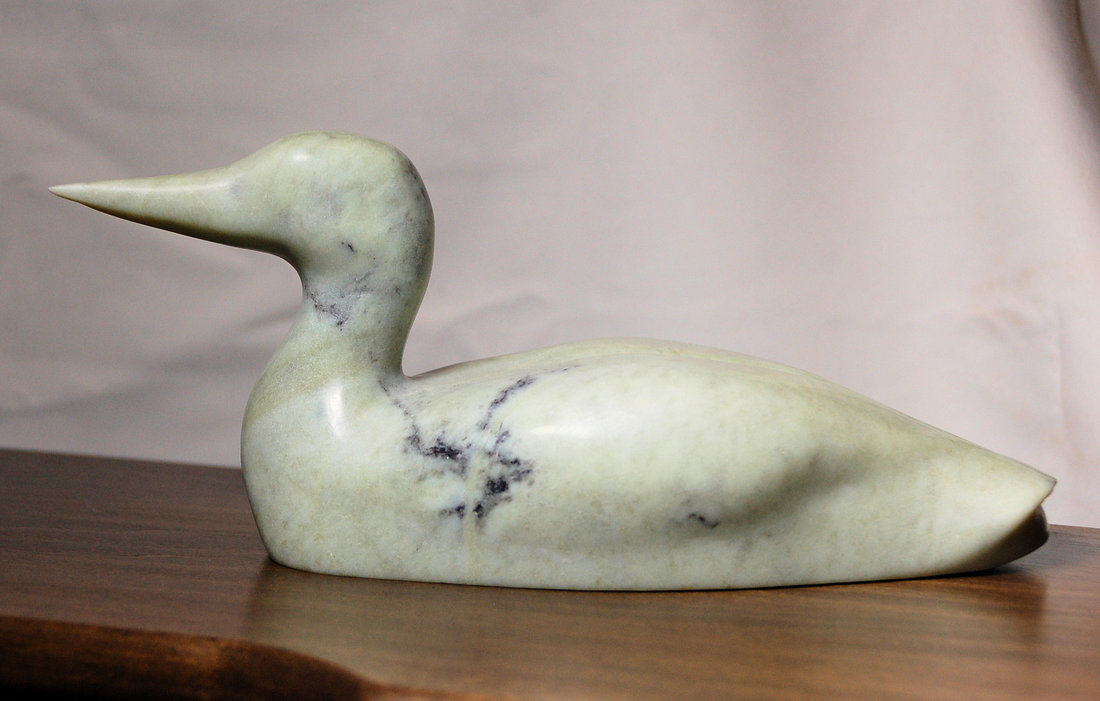
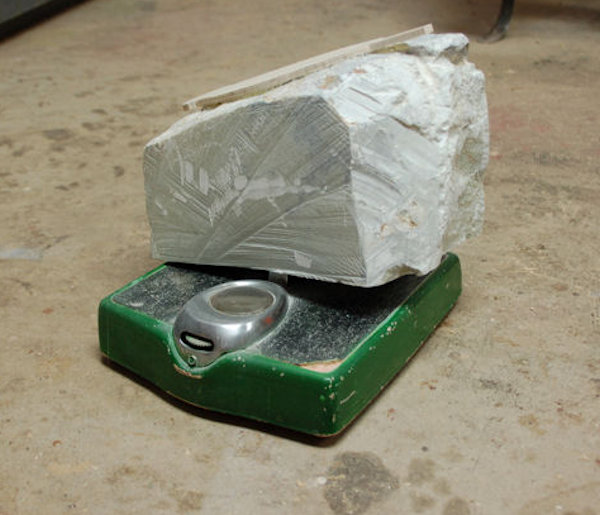
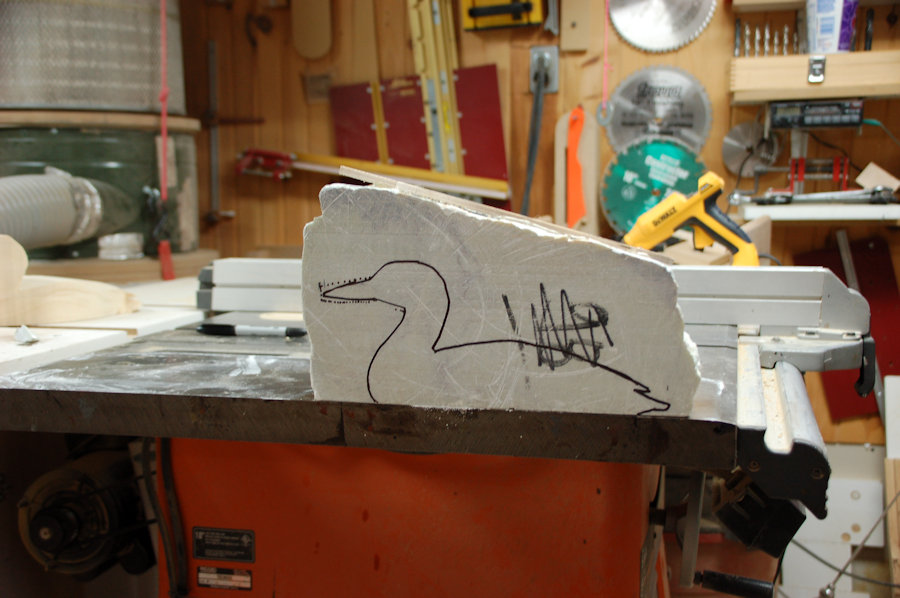
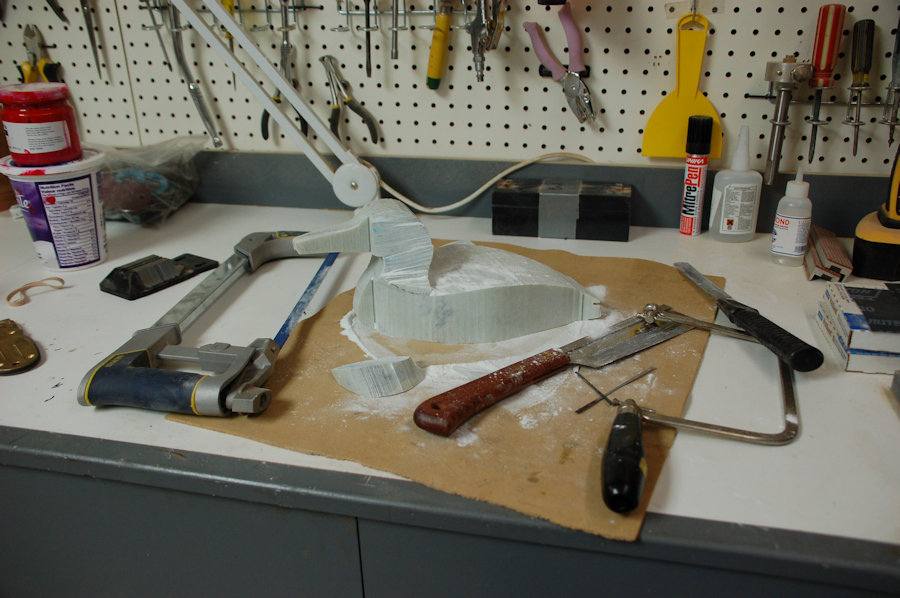
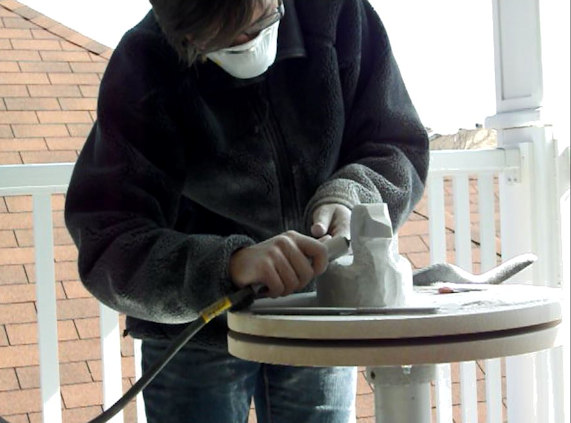
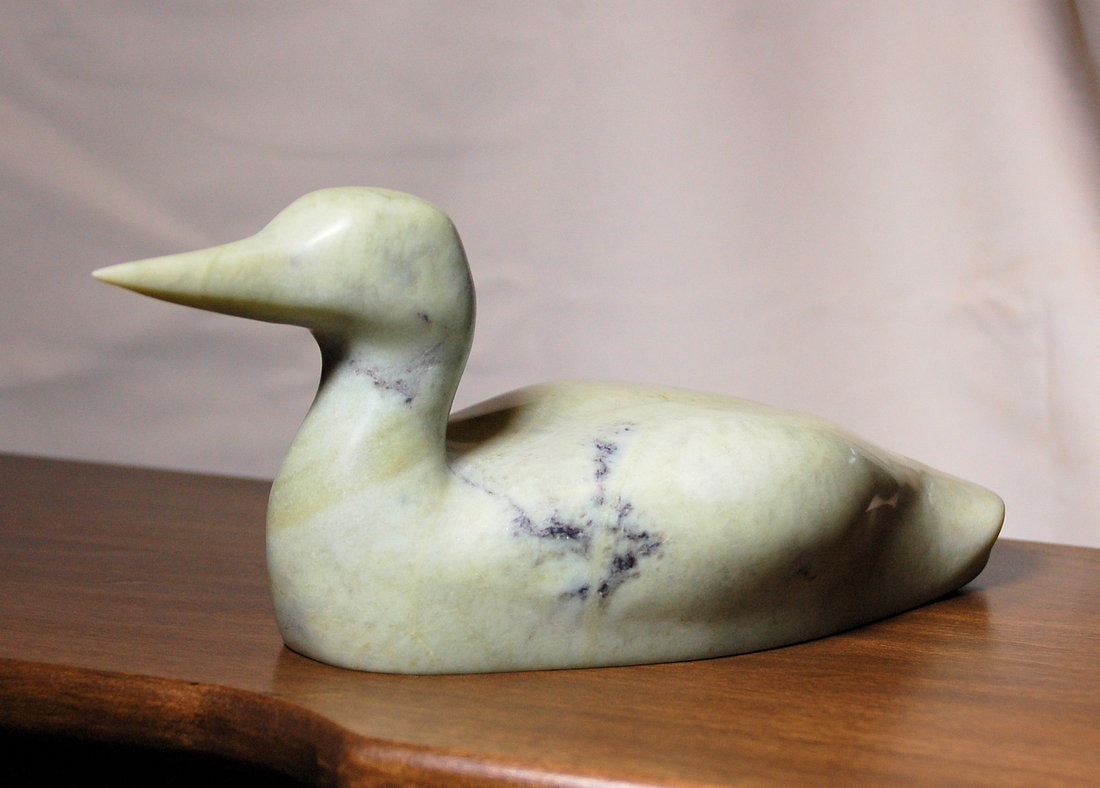
 RSS Feed
RSS Feed